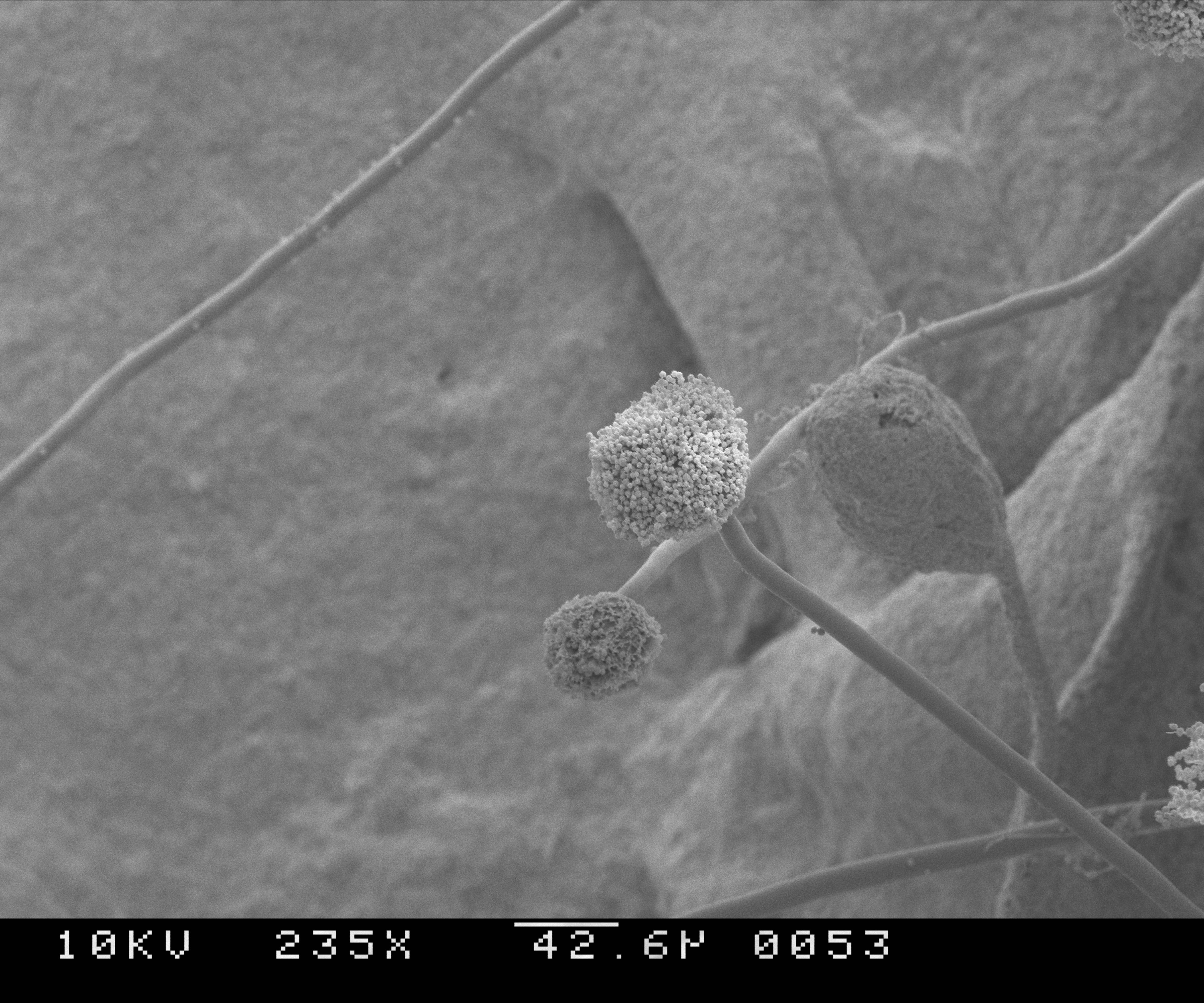|
Eurotium Carnoyi
''Aspergillus neocarnoyi'' is a species of fungus in the genus ''Aspergillus''. It is from the ''Aspergillus'' section. The species was first described in 1989.Kozakiewicz, Z. 1989. Aspergillus species on the stored products. Mycological Papers. 161:1-188 It has been reported to produce asperentins, asperflavin, auroglaucin, a bisanthron, dihydroauroglaucin, echinulins, flavoglaucin, neoechinulins, questin, questinol, tetracyclic, and tetrahydroauroglaucin. Growth and morphology ''A. neocarnoyi'' has been cultivated on both Czapek yeast extract agar (CYA) plates and Malt Extract Agar Oxoid® (MEAOX) plates. The growth morphology of the colonies can be seen in the pictures below. Aspergillus_neocarnoyi_cya.png, ''Aspergillus neocarnoyi'' growing on CYA plate Aspergillus_neocarnoyi_meaox.png, ''Aspergillus neocarnoyi'' growing on MEAOX plate References [...More Info...] [...Related Items...] OR: [Wikipedia] [Google] [Baidu] |
Eurotium
''Eurotium'' is a genus of fungi belonging to the family Aspergillaceae. The genus was circumscribed by Heinrich Friedrich Link in 1809. Because of nomenclatural changes brought about by one fungus one name, most of the species formerly placed in ''Eurotium'' have been transferred to ''Aspergillus''. It mainly contained teleomorphs of subgenus ''Aspergillus''. , Species Fungorum (in the Catalogue of Life The Catalogue of Life (CoL) is an online database that provides an index of known species of animals, plants, fungi, and microorganisms. It was created in 2001 as a partnership between the global Species 2000 and the American Integrated Taxono ...) accepts four species of ''Eurotium'': * '' Eurotium acutum'' * '' Eurotium carnoyi'' ** Re-assigned to '' Aspergillus neocarnoyi'' in Houbracken ''et al.'' (2020) * '' Eurotium lateritium'' * '' Eurotium microsporum'' References Trichocomaceae Eurotiomycetes genera Taxa named by Johann Heinrich Friedrich Link Ta ... [...More Info...] [...Related Items...] OR: [Wikipedia] [Google] [Baidu] |
Species
A species () is often defined as the largest group of organisms in which any two individuals of the appropriate sexes or mating types can produce fertile offspring, typically by sexual reproduction. It is the basic unit of Taxonomy (biology), classification and a taxonomic rank of an organism, as well as a unit of biodiversity. Other ways of defining species include their karyotype, DNA sequence, morphology (biology), morphology, behaviour, or ecological niche. In addition, palaeontologists use the concept of the chronospecies since fossil reproduction cannot be examined. The most recent rigorous estimate for the total number of species of eukaryotes is between 8 and 8.7 million. About 14% of these had been described by 2011. All species (except viruses) are given a binomial nomenclature, two-part name, a "binomen". The first part of a binomen is the name of a genus to which the species belongs. The second part is called the specific name (zoology), specific name or the specific ... [...More Info...] [...Related Items...] OR: [Wikipedia] [Google] [Baidu] |
Genus
Genus (; : genera ) is a taxonomic rank above species and below family (taxonomy), family as used in the biological classification of extant taxon, living and fossil organisms as well as Virus classification#ICTV classification, viruses. In binomial nomenclature, the genus name forms the first part of the binomial species name for each species within the genus. :E.g. ''Panthera leo'' (lion) and ''Panthera onca'' (jaguar) are two species within the genus ''Panthera''. ''Panthera'' is a genus within the family Felidae. The composition of a genus is determined by taxonomy (biology), taxonomists. The standards for genus classification are not strictly codified, so different authorities often produce different classifications for genera. There are some general practices used, however, including the idea that a newly defined genus should fulfill these three criteria to be descriptively useful: # monophyly – all descendants of an ancestral taxon are grouped together (i.e. Phylogeneti ... [...More Info...] [...Related Items...] OR: [Wikipedia] [Google] [Baidu] |
Aspergillus
'''' () is a genus consisting of several hundred mold species found in various climates worldwide. ''Aspergillus'' was first catalogued in 1729 by the Italian priest and biologist Pier Antonio Micheli. Viewing the fungi under a microscope, Micheli was reminded of the shape of an '' aspergillum'' (holy water sprinkler), from Latin ''spargere'' (to sprinkle), and named the genus accordingly. Aspergillum is an asexual spore-forming structure common to all ''Aspergillus'' species; around one-third of species are also known to have a sexual stage. While some species of ''Aspergillus'' are known to cause fungal infections, others are of commercial importance. Taxonomy Species In March 2010, ''Aspergillus'' covered 837 species of fungi. Notable species placed in Aspergillus include: * '' Aspergillus flavus'' is a notable plant pathogen impacting crop yields and a common cause of aspergillosis. * '' Aspergillus fumigatus'' is the most common cause of aspergillosis in individuals ... [...More Info...] [...Related Items...] OR: [Wikipedia] [Google] [Baidu] |
Fungi Described In 1989
A fungus (: fungi , , , or ; or funguses) is any member of the group of eukaryotic organisms that includes microorganisms such as yeasts and molds, as well as the more familiar mushrooms. These organisms are classified as one of the traditional eukaryotic kingdoms, along with Animalia, Plantae, and either Protista or Protozoa and Chromista. A characteristic that places fungi in a different kingdom from plants, bacteria, and some protists is chitin in their cell walls. Fungi, like animals, are heterotrophs; they acquire their food by absorbing dissolved molecules, typically by secreting digestive enzymes into their environment. Fungi do not photosynthesize. Growth is their means of mobility, except for spores (a few of which are flagellated), which may travel through the air or water. Fungi are the principal decomposers in ecological systems. These and other differences place fungi in a single group of related organisms, named the ''Eumycota'' (''true fungi'' or ''Eumycet ... [...More Info...] [...Related Items...] OR: [Wikipedia] [Google] [Baidu] |



